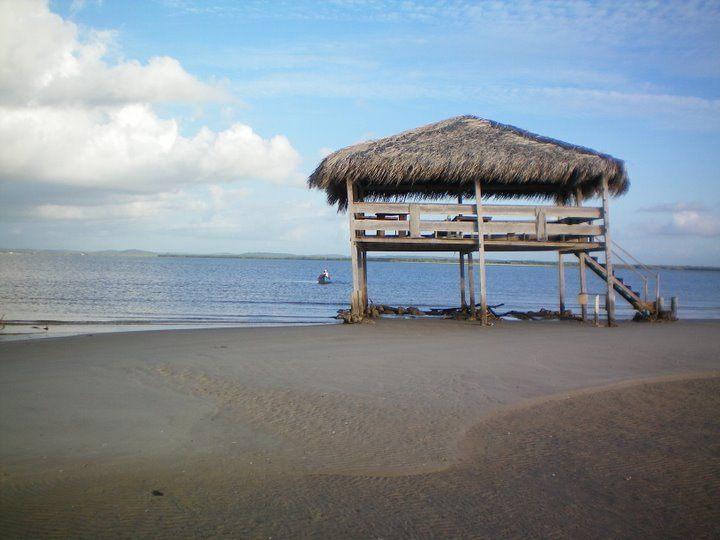
The United Nations COP21 talks in Paris are a week away, and many analysts have identified these climate change negotiations as critical in order for the world to agree on a plan to limit global warming to 2°C this century. Depending on which source one reads, anywhere from 120 to 140 world leaders will show up in Paris for this UN conference next week. There has been plenty of commentary spreading a wide variety of opinions on these talks, and therefore, many of us are left to wonder:
Just what is COP21 trying to solve, anyway?
Good question, says the United Nations Framework Convention on Climate Change (UNFCCC) a name and acronym that in themselves pose a head-scratcher. To that end, the UNFCCC, backed by the funding of wealthy (and lying precariously at sea level) Singapore, has issued an interactive guide that seeks to explain the big issues behind COP21—and shine light on the nature of the upcoming climate talks.
For example, the guide starts out explaining the elephant in the room, climate change, in very simple terms—followed by a narrative outlining the resulting risks in greater detail. But in addition to the “what” and the “how,” the guide presents the “who,” as in the organization from which the UN gathers its data—which in this case, is the Intergovernmental Panel on Climate Change (IPCC). In sum, if your company has suddenly tasked you with a report or a Power Point on climate change or the COP21 talks, you now have a handy cheat sheet that makes these often pesky and laborious terms easy to understand in plain English. For now, however, the guide is only in English—not in the other five official languages of the UN.
In addition, the guide is a useful tool to understand terms we often see bandied about the media—as in adaptation and mitigation. And whether or not you agree with the reasoning behind climate finance, the logic behind the push to fund these efforts, as well as current mechanisms used for such projects, are also described for easy reference. Those who are more policy oriented will appreciate the section on INDCs, or intended nationally determined contributions (and therein lies the problem with climate change communications!), which are generally understood as nations’ individual climate change, emission reduction and/or clean energy “goals.”
Finally, the guide offers a detailed section covering the COP21 negotiations. Talks that had occurred in cities you may have heard discussed in the news, including Durban, Lima and of course, Kyoto, are explained, and the guide also is full of graphics that describe this messy and confusing process in a way that is easier to understand contextually.
We are all going to be bombarded by a lot of news about COP21 in the next few weeks, and the talking heads on TV will throw out all kinds of opinions. So whether you have a latent interest in these issues or are a policy wonk, this guide offers a solid launchpad from which we can better grasp these issues. It is best viewed on your laptop, however; my Andriod browser loaded it with minimal problems, but my old iPhone just gave me a blank screen.
Image credit: Leon Kaye

Leon Kaye has written for 3p since 2010 and become executive editor in 2018. His previous work includes writing for the Guardian as well as other online and print publications. In addition, he's worked in sales executive roles within technology and financial research companies, as well as for a public relations firm, for which he consulted with one of the globe’s leading sustainability initiatives. Currently living in Central California, he’s traveled to 70-plus countries and has lived and worked in South Korea, the United Arab Emirates and Uruguay.
Leon’s an alum of Fresno State, the University of Maryland, Baltimore County and the University of Southern California's Marshall Business School. He enjoys traveling abroad as well as exploring California’s Central Coast and the Sierra Nevadas.














